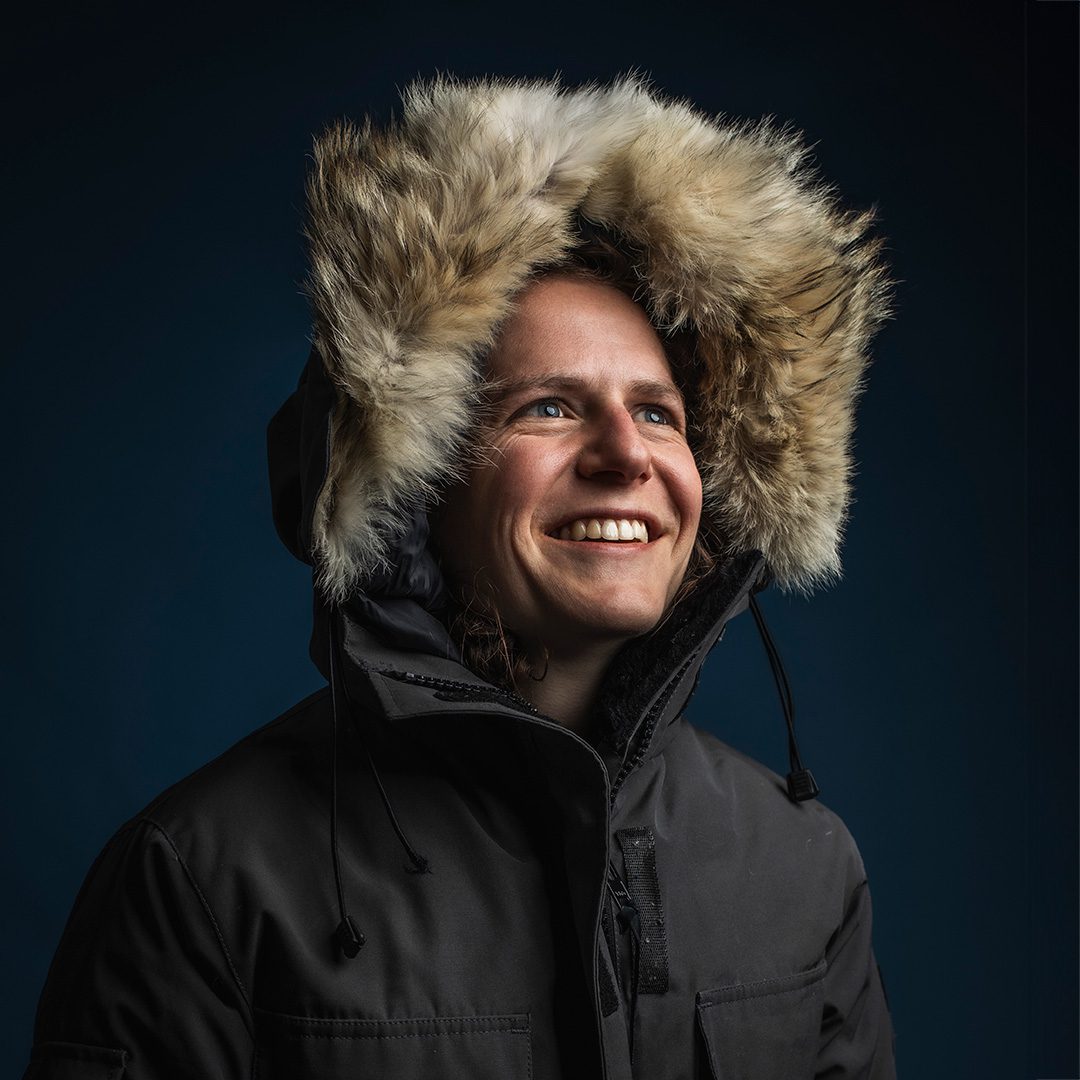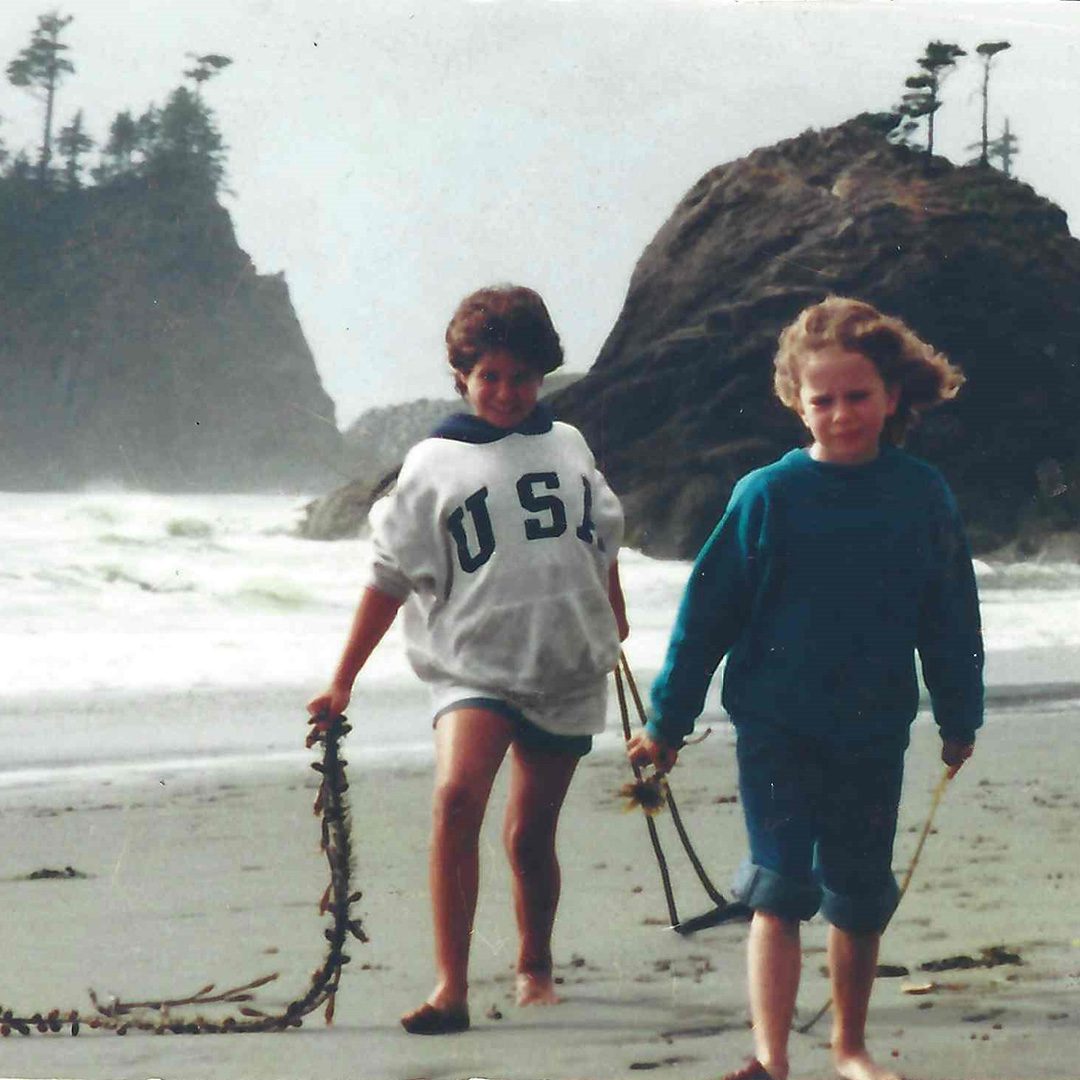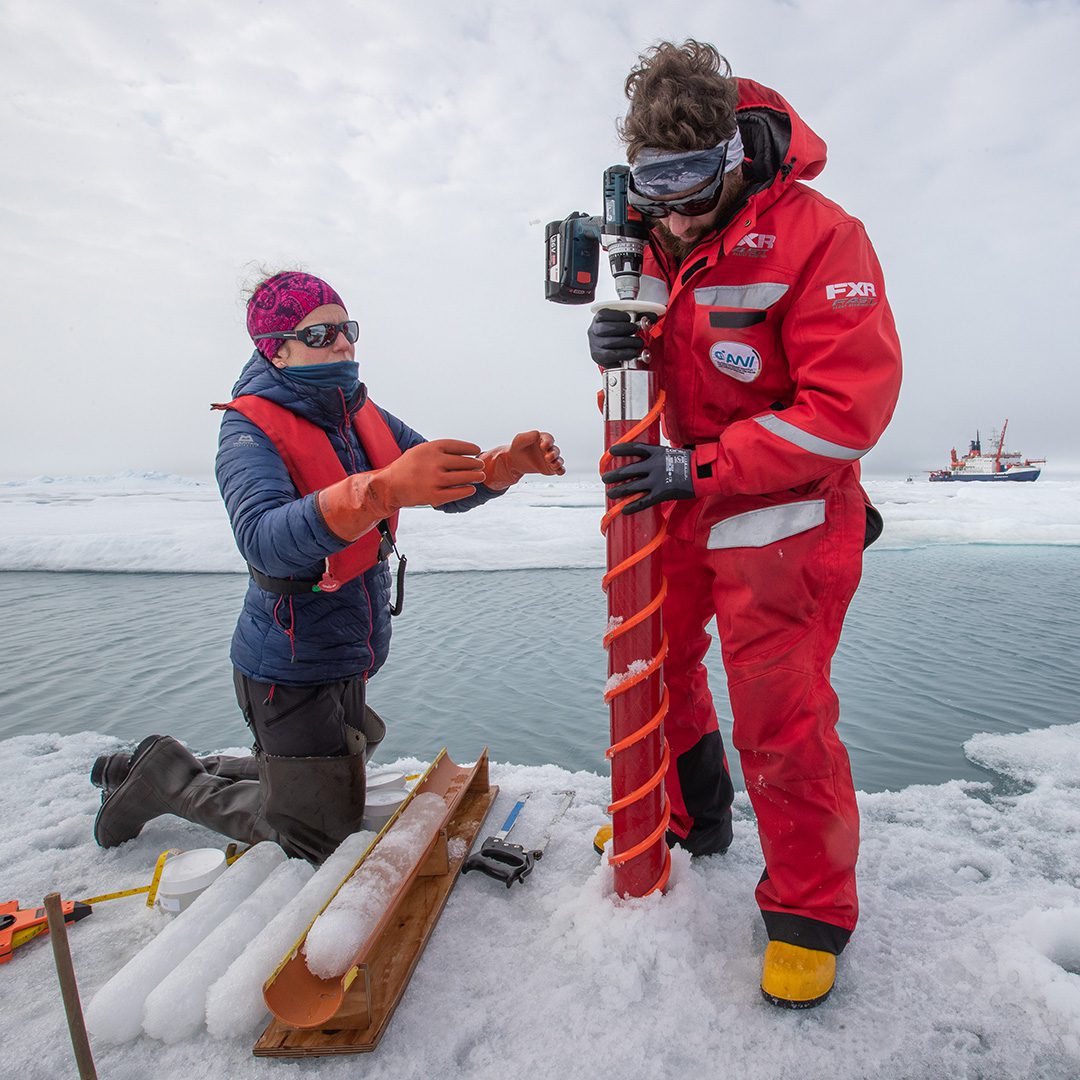At the same time I was having this realization, I was also taking several Arctic classes—Bowdoin College just happens to be sort of a center for Arctic history and Arctic science. And so, by the time I got to graduate school, I was really interested in how waves and sea ice impact our coastlines and wanted to find that synergy between the two in my research.
In 2013, I was given my first practical research experience as a WHOI summer student fellow studying sediment transport and coastal evolution from storms in Katama Bay, Martha’s Vineyard with my advisors Britt Raubenheimer and Steve Elgar. That experience gave me the confidence to venture out to do field work in colder places. By 2014, I had spent my first week in the Arctic and a year later took my first steps onto the sea ice.
I was in the third grade when I moved from the desert in Arizona to the coast in Washington State. I remember being so enamored with the expanse of ocean you could get down by the coast.
By the time I left for college, I felt sure I wanted to go into marine biology, but that quickly changed. Early on, I remember going to a presentation about how mussels were being impacted by waves. I think it was just this switch for me—seeing how all the different scientific tracks connect to the broader ocean. I was like “Oh physics is important for biology too!” From then on, I really wanted to understand how these physical processes like waves, erosion, or sediment transport affected broader ocean ecosystems.
Today as a WHOI assistant scientist, I’m really motivated to understand how these sensitive and rapidly changing polar areas are going to evolve in the future and how those changes impact the people that live there.
I have often said there are a lot of different ways to get to the Arctic. The interdisciplinary and collaborative nature of this kind of work requires people who specialize in all kinds of different things, so there's very much not one path. To anyone interested in doing research in the Arctic— dig deep into math, science, physics, and even art. All of these disciplines can be helpful to study the Arctic and bring it to people who won't get to experience it.



